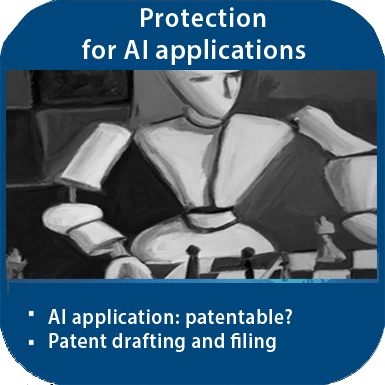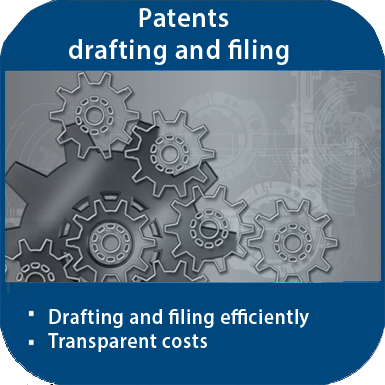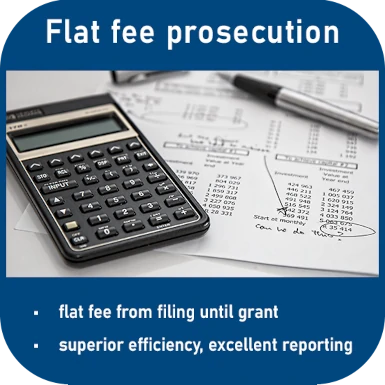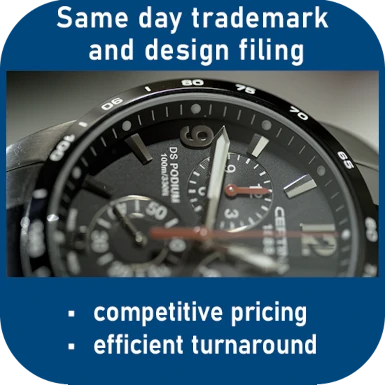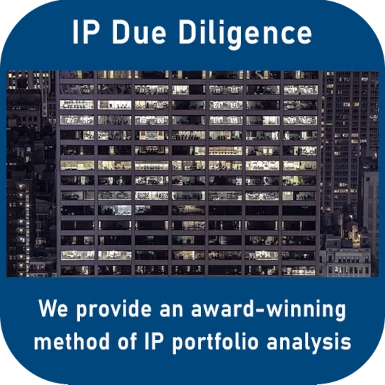Priority right: BGH concurs with EPO G 1/22 and G2/22

In a recent decision on active pharmaceutical ingredients, the Federal Court of Justice (BGH) welcomes the decisions G1/22 and G2/22 on priority, according to which the burden of proof for the ineffective assignment of a priority right should initially lie with the invalidity claimant.
This opens the door wide for effectively transfering priority rights before the EPO and in Germany, clearly in favour of patent applicants and patent proprietors.
The case concerns the BGH's Sorafenib-Tosylat headnote decision on the disclosure of active ingredients in pharmaceutical salts for cancer treatment.
The facts
The defendant is the proprietor of the European patent EP 2 305 255 (patent in suit) granted with effect for the Federal Republic of Germany, which arose from a second generation divisional application, the parent application for which was filed on 3 December 2002, claiming a US priority of 3 December 2001.
The patent in suit relates to arylurea compounds for the treatment of cancer and comprises twelve patent claims. Patent claim 12 was challenged for lack of patentability.
The Federal Patent Court at first instance declared the challenged patent invalid in the contested scope. The defendant appealed against this decision before the BGH.
In particular, the NiK2 citation contributed to the contested decision of lack of patentability. The results reported in NiK2 gave rise to the expectation that oral administration of BAY 43-9006 - i.e. sorafenib - in the form of tablets was a successful way of treating cancer patients. This is also the subject matter of the patent in suit.
Formulation and form of active substances
The BGH explained that in order to take this route, not only a suitable formulation was required, but also more detailed information about the form in which sorafenib should be contained in this formulation.
The BGH found that NiK2 contains no information on this. A preformulation study was therefore necessary in order to rework and further develop the teaching disclosed in NiK2.
Contrary to the opinion of the patent court, the BGH found that NiK2 did not provide sufficient indications that sorafenib could be used as a free base and that the search for suitable salts was therefore not necessary. The fact that NiK2 did not mention a sorafenib salt did not provide any reliable information about this, the BGH explained.
However, the BGH recognised that the search for suitable salts was one of the obvious measures to be taken as part of a preformulation study. This was because it was recognised that sorafenib is only slightly soluble in water. And with the inclusion of sorafenib tosylate in a preformulation study, the substance was therefore also obvious, if only because of its low pKs value.
Patent claim 12, however, protects sorafenib tosylate as a substance. The manufacture of this substance and the investigation of its solubility are part of the protected subject-matter of the patent in suit. Is this then not obvious?
Auxiliary request 2 "in an oral dosage form" - a successful addition
With auxiliary request 2, the patent proprietor submitted a supplement relating to oral administration. And with this auxiliary request 2, the patent proprietor was able to compensate for the obviousness, the Federal Court of Justice found. According to auxiliary request 2, the granted version of patent claim 12 should be supplemented by the words "in an oral dosage form". This additional feature requires that sorafenib tosylate is formulated so that it can be administered orally without further processing or conversion.
The subject matter thus defended does not go beyond the content of the application and the parent application, the BGH added.
According to the description in NiK2, sorafenib is known to be suitable for oral administration in the form of tablets. This gave rise to the need to additionally consider the dissolution rate as a second relevant parameter.
But, contrary to the opinion of the patent court, in the opinion of the BGH there was no reason to use measurement methods for investigating the dissolution rate that were not customary in the prior art for preformulation studies. The findings of the patent court, according to which other standard measurement methods such as spectroscopy or conductivity measurement were available, did not indicate that these methods were also customary for preformulation studies.
Not obvious according to auxiliary request 2 - but sufficiently disclosed?
Contrary to the opinion of the first plaintiff, the indication contained in NiK4 that the listed salts are in principle suitable for all disclosed urea compounds is not sufficient for a direct and unambiguous disclosure of the patent in suit. The BGH said that the teaching protected in patent claim 12 in the version of auxiliary request 2, namely that the tosylate of sorafenib is particularly suitable for oral administration, does not follow from this reference.
EPC Art. 54 para. 1; PatG ž 3 para. 1
"The disclosure of more than 100 active ingredients which are described as suitable for the treatment of cancer, either alone or in the form of a pharmaceutically acceptable salt with numerous salt formers under consideration, is not sufficient for the direct and unambiguous disclosure of a specific salt of a single active ingredient in a form suitable for oral administration."
Quotation und translation of the first headnote of the BGH decision Sorafenib-Tosylat
Sorafenib tosylate is not directly and unambiguously disclosed, the Federal Court of Justice ruled.
The contested judgment of the Federal Patent Court of 29 September 2021 (3 Ni 12/20 (EP)) was amended as follows. European patent 2 305 255 is declared partially invalid with effect for the Federal Republic of Germany by adding the following words to the end of patent claim 12: "in an oral dosage form".
In all other respects, the BGH dismissed the action (BGH, X ZR 83/21 - Sorafenib-Tosylat).
Priority right: BGH consents to EPO G 1/22 and G2/22
The Federal Court of Justice also used the decision to comment on the decision G 1/22, which was taken by the Enlarged Board of Appeal of the EPO only a few weeks before the BGH decision.
Please read our article: Priority in Euro-PCT applications - EPO G 1/22 and G 2/22.
The Federal Court of Justice welcomed the decision of the Enlarged Board of Appeal and the resulting reorientation of practice at the European Patent Office with regard to priority, which is going to mean that the burden of proof for the invalidity of a priority claim now lies with the invalidity claimant. In addition, these decisions strengthen the implied transfer of priority rights, i.e. an informal transfer that may even be tacit.
The BGH even goes so far as to say that the fact that an employment relationship may be subject to German law and that an assignment agreement concluded with the applicant could therefore be qualified as invalid is not sufficient to proof that a transfer of the priority right is invalid. After all, there could have been individual assignment agreements even then.
In practice, this means that patent applicants and patent proprietors with problems claiming priority should carefully review their circumstances.
We will be happy to support you in this. Contact us without any obligation by telephone +49 69 69 59 60-0 or please send us an email info@kollner.eu.
